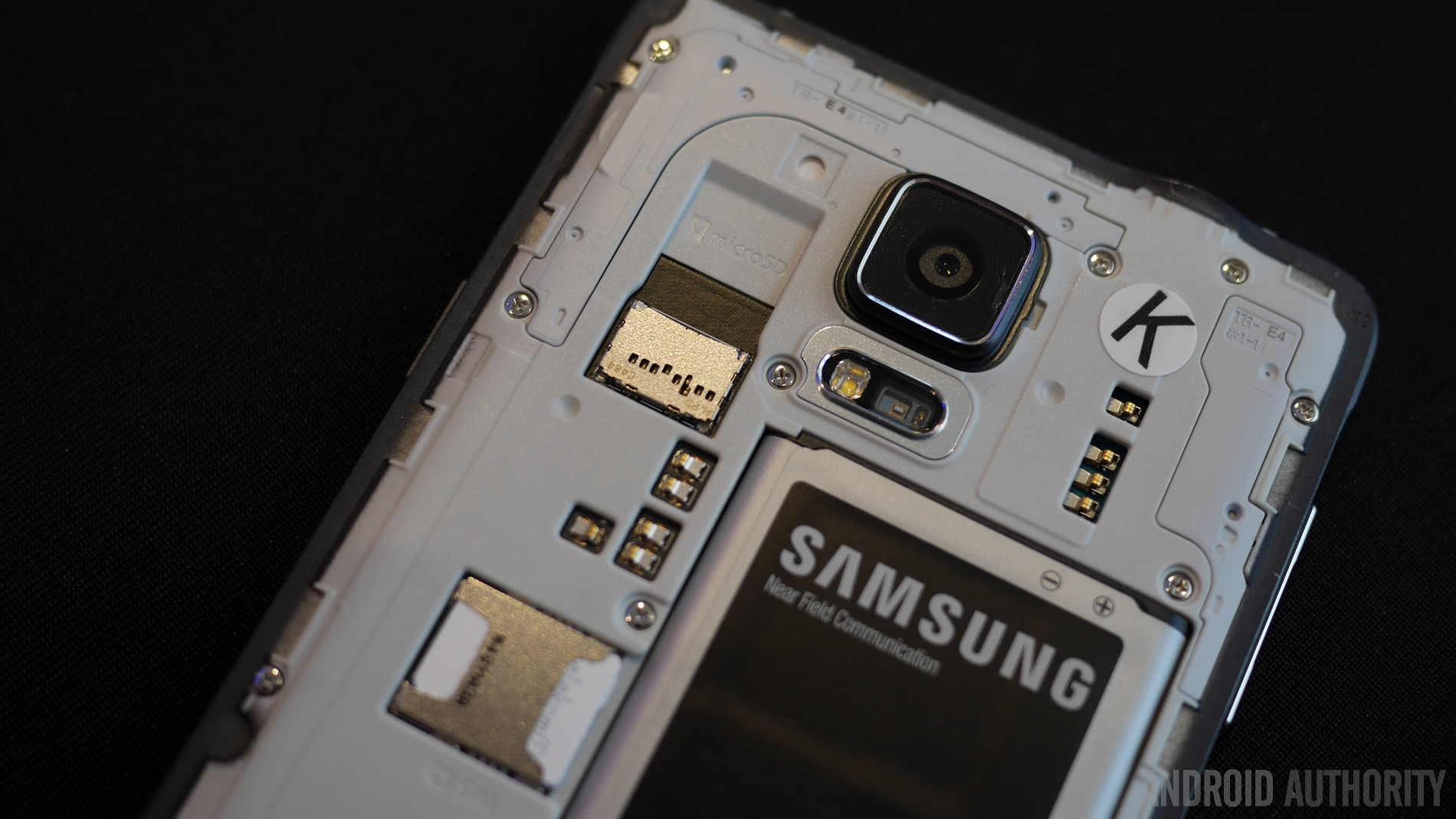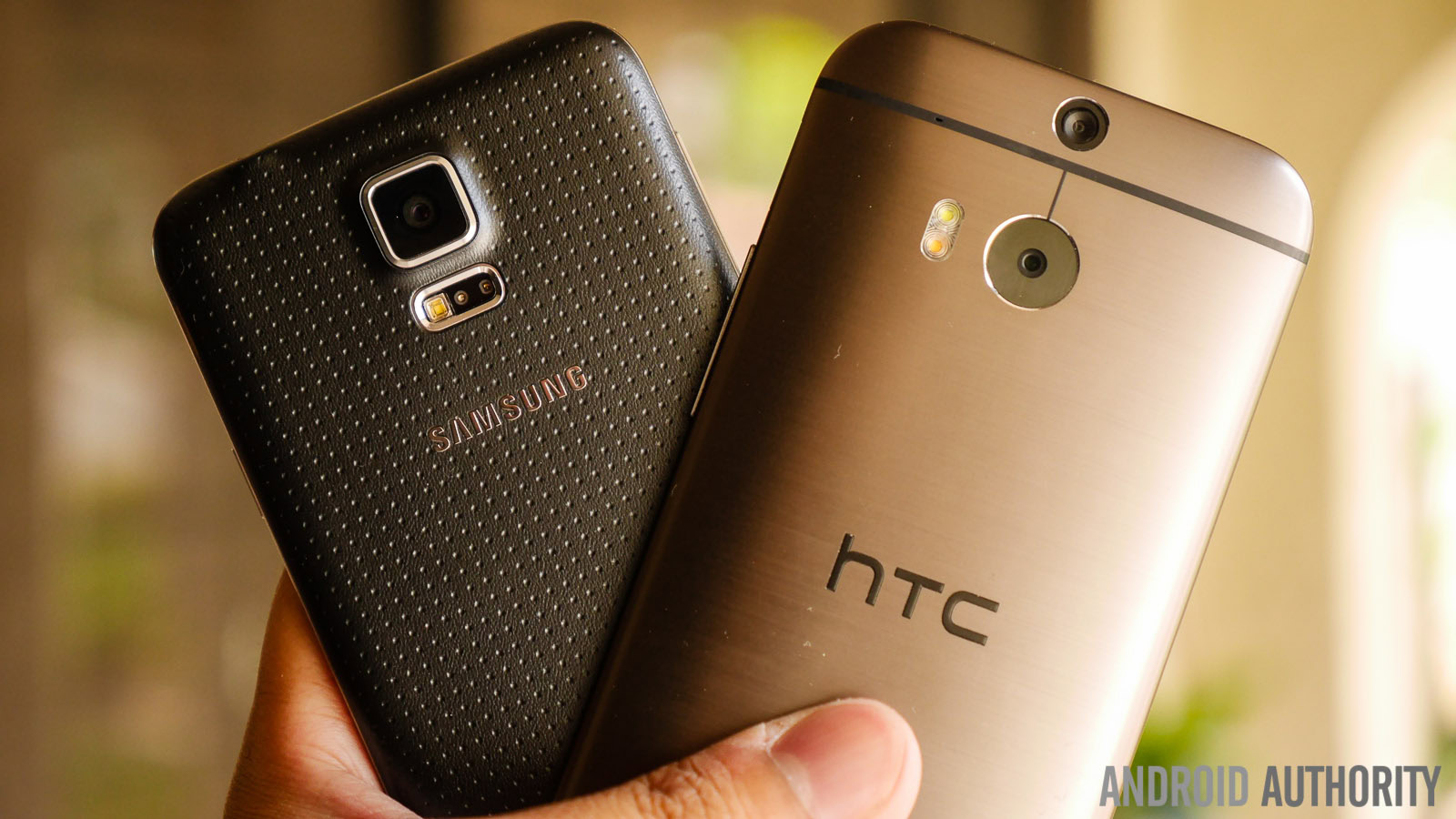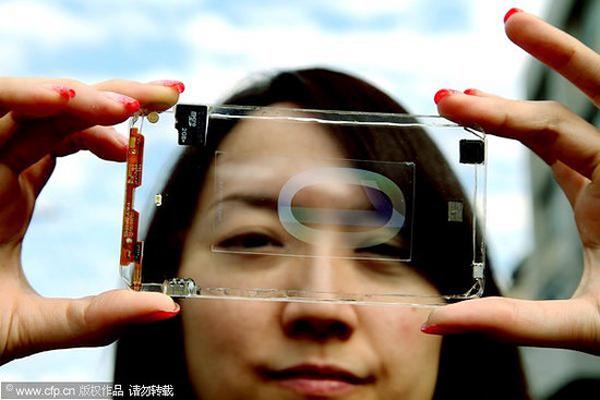Affiliate links on Android Authority may earn us a commission. Learn more.
How graphene may revolutionize the mobile industry

Graphene is a sheet of carbon atoms bound together in a honeycomb lattice pattern. It is a 2D material, but at only one atom thick, graphene manages to be 200 times stronger than steel and is able to move electrons across its surface up to three orders of magnitude better than silicon. It is also the best conductor of electricity and heat known to man, with intriguing optical properties. It is very lightweight, flexible, and has a large surface area. Graphene comes at a relatively high price at the moment, but depending on improvements to current production methods, it could eventually be much cheaper, as it is only made of naturally abundant carbon atoms.
Thanks to graphene’s myriad of remarkable attributes, scientists and industry experts have dubbed it ‘miracle material’ and are excited about its potential to revolutionize entire markets. Graphene is intensively researched and may enable advances like bendable and transparent computer screens, cheaply desalinated water using graphene membranes, low-cost and efficient solar panels, lightning fast microcomputers, light and powerful batteries that charge within minutes, unique sensors, and much more. It is safe to say that the graphene’s full scope of possibilities is a long way from being discovered.
Graphene and the mobile device market seem to be a match made in heaven.
Graphene and the mobile device market seem to be a match made in heaven, as graphene’s unique attributes can be greatly beneficial for various aspects of mobile devices. Graphene can allow for super-efficient batteries that charge within minutes and last much longer than conventional Li-ion batteries, composite materials that make devices lightweight and extremely durable, touch screens that are flexible and transparent, and even chips that are extremely small but much faster than silicon chips.
Let’s take a closer look at just some of the ways graphene could change the mobile world, for the better.
Graphene, meet battery

Graphene-enhanced batteries hold tremendous potential and are the subject of vigorous research. These batteries sport traits like longer cycle-life, high energy density and charge storage capacity, flexibility and rapid charge times. Earlier this year, an American company called XG Sciences demonstrated its next generation silicon graphene anode materials for lithium-ion batteries. The company states that it has a charge storage capacity of up to 4 times today’s typical anodes, first cycle efficiency of 85-90%, low swelling, and longer lifetime that is more than double the company’s previous generation.
Graphene batteries will sport traits like longer cycle-life, high energy density and charge storage capacity, flexibility and rapid charge times.
Nokia has also been researching graphene batteries and even issued a patent for what sounds like a sci-fi battery: a self-charging graphene-based photon battery, capable of being printed on flexible substrates. Nokia’s battery can regenerate itself immediately after discharge through continuous chemical reactions, without an external energy input, resulting in an energy autonomous device that uses humid air for the purpose of recharging and can be made highly transparent. The US-based Graphene 3D Lab even intends to 3D print graphene batteries. This way, it is possible to tailor the shape and size of a battery to better fit in small mobile devices.
Graphene-based batteries, however promising, are still at the research phase and our careful estimate is that they will not be reaching the market for at least two years. They should definitely be worth the wait, though.
Graphene opens the door to improved phone durability

Adding graphene to materials like plastic and metal creates a new and improved composite that is conductive, mechanically stronger, more lightweight, and highly durable. Using these graphene composites for the body of various mobile devices is an exciting prospect that can grant such a device several desired characteristics.
Adding graphene to materials like plastic and metal creates a new and improved composite that is conductive, mechanically stronger, more lightweight, and highly durable.
The Spanish Graphenea discovered that adding graphene to ceramic alumina can make it stronger – it is up to 50% less likely to break under strain. Graphenea’s method is simple, fast and scalable, and it makes the alumina a hundred million times more conductive to electricity. Graphenea believes the same process will work for other materials such as silicon carbide, silicon nitride, titania, zirconia, and more.
Researchers at the University of Minnesota, in collaboration with Adama Materials, managed to create a highly durable graphene-plastic compound. They say that by adding a tiny amount of graphene, the plastic toughness was increased by about 2.5 times. The researchers are now seeking to refine to process so it can be commercialized.
Graphene composites have already started to enter the market and can currently be found mostly in sports gear like extra light and strong ski equipment, bicycle wheels, helmets and more. Now it’s only a matter of time before this bleeds over to the mobile world as well.
Graphene in mobile displays

Most touch screens on the market today use ITO for their transparent electrodes. ITO, however, is quite problematic as its rare, expensive, brittle and unsuitable for flexible displays so replacements are constantly being searched for. Graphene is one of the most promising materials in the run for ITO replacements, and China even has touchscreens on the market that contain graphene electrodes.
Compared to silver-based solutions, graphene holds optical properties that make it especially desirable for such applications. Chinese company Powerbooster developed graphene-based flexible touch panels for mobile devices. The company says that graphene is cheaper and stronger than ITO and it plans to invest $150 million in the next three years in order to bring their solutions to the market.
China’s Chongqing Morsh Technology is building a production line in Chongqing that will be used to produce 15″ single-layer graphene films. They hope to start production soon and they’ve already signed an agreement with Guangdong Zhengyang, an OGS maker to produce 10 million graphene based transparent conducting films (TCFs) in a year for the next five years. These films will be used to produce touch panels for mobile devices.
Graphene-based chips

Graphene has the potential to replace silicon as the basic material for next-gen chips and electronics as well. Graphene’s amazing conduction abilities and miniscule dimensions make it a desirable material with great potential in the electronics world. Graphene chips can be a great deal faster than silicon ones and much more energetically efficient.
In order to help push things to the next level, various institutes and companies are investing R&D dollars into graphene, including Intel, IBM, and Samsung.
Of course, graphene electronics is not without its challenges. In order to help push things to the next level, various institutes and companies are investing R&D dollars into graphene, including Intel, IBM, and Samsung. Intel is working on graphene transistors and has reported progress in the past, but warns that graphene-based chips are still a few generations away. IBM has embarked upon an ambitious project to find the next-generation chip technology to replace silicon, and will invest $3 billion over the next five years into this project. IBM will look into graphene, carbon nanotubes, quantum computing, silicon photonics and more technologies.

ABOUT THE AUTHOR – Roni Peleg, the editor of Graphene-Info, a comprehensive portal for all things graphene. Graphene-Info was launched in 2009 as a graphene news aggregator and quickly grew to become a hub for graphene professionals and enthusiasts. Graphene-info is a cyber meeting spot for all kinds of graphene buffs, providing services, resources and news for professionals, as well as people who want to learn more about this exciting new material and its applications.